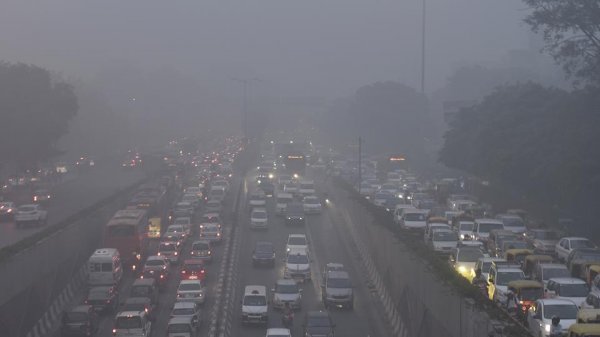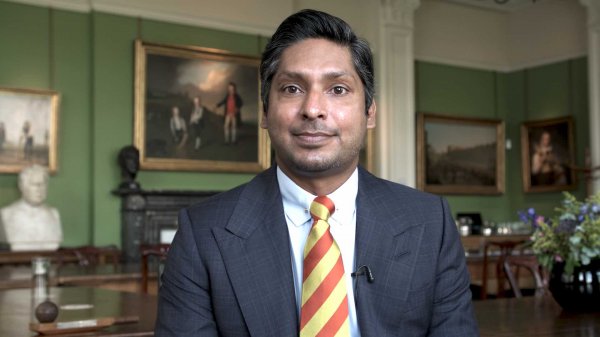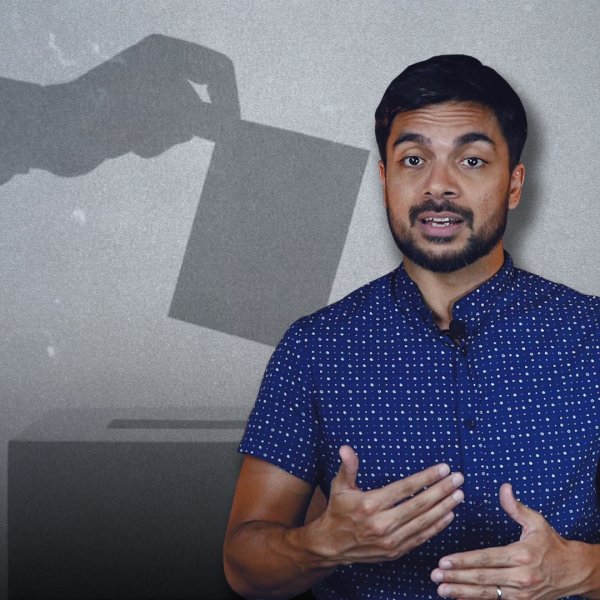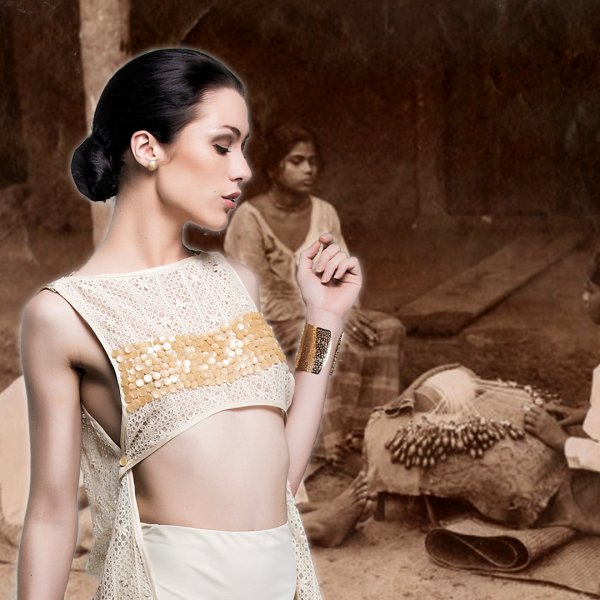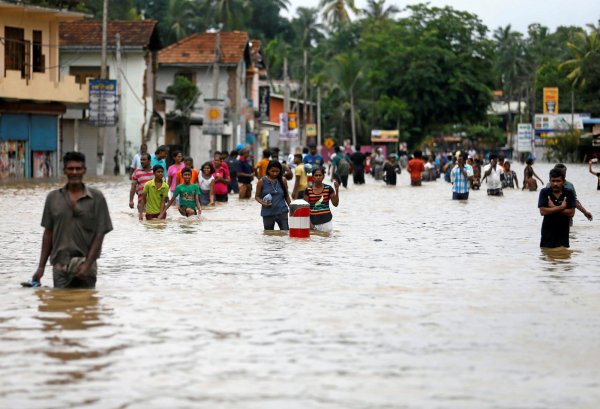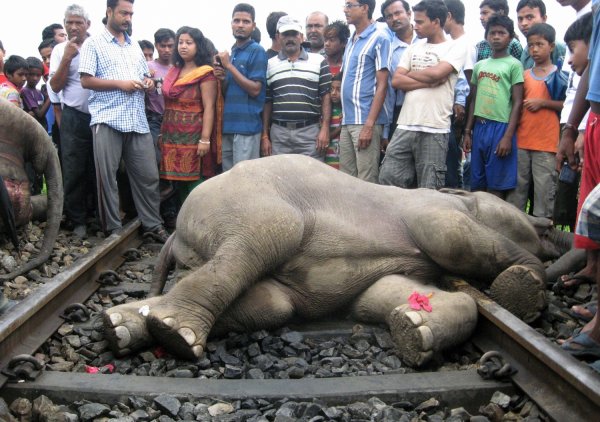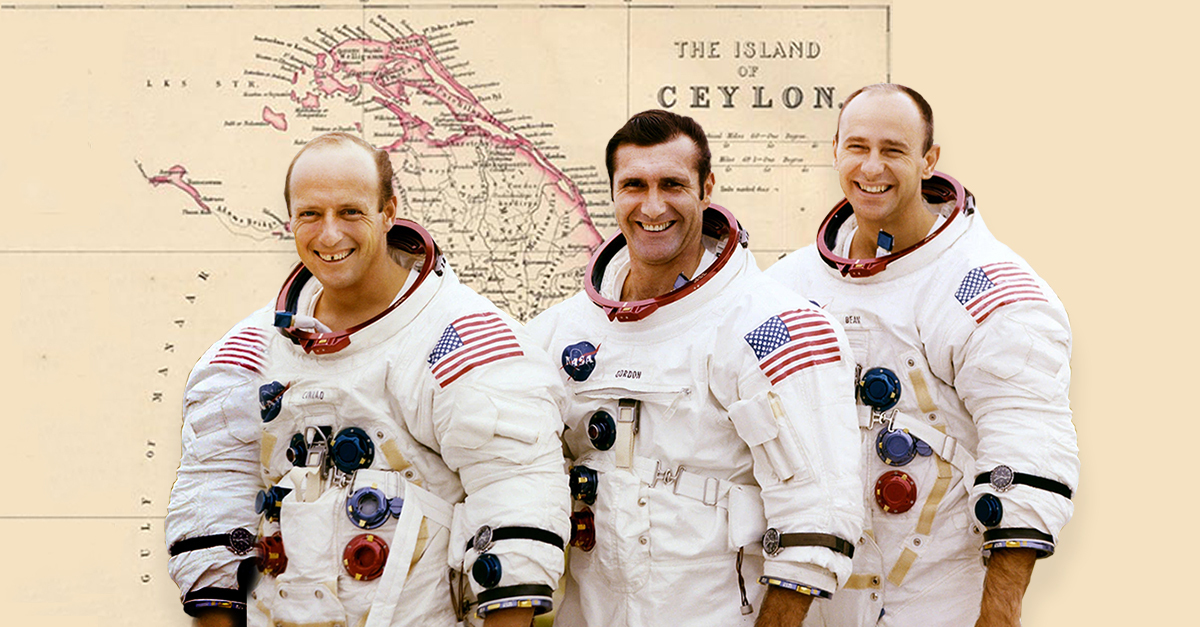
On July 20, 1969, at 20:17 UTC, the Apollo 11 mission manned by astronauts Neil Armstrong, Buzz Aldrin and Michael Collins landed on the moon. Six hours and 39 minutes later, Armstrong became the first man to walk on the lunar surface, in an event telecast live worldwide, during which he made the famous utterance, “One small step for man, one giant leap for mankind.”
The moon landing was part of the third human spaceflight programme—the ‘Apollo Project’— conducted by the National Aeronautics and Space Administration (NASA) agency, to meet a national goal set by the 35th US President John. F. Kennedy: “Before this decade is out, [of] landing a man on the moon and returning him to the earth.”
The Apollo Program operated five more spaceflights until December 1972, taking a total of 32 astronauts to the moon, of whom 12 walked the surface. Three of these men were Charles “Pete” Conrad Jr., Richard F. Gordon Jr., and Alan L. Bean, who made up the Apollo 12 mission, the second spaceflight to land men on the moon, on November 14, 1969.
And it was these three men, who, one day in March 1970, set foot on Ceylonese soil, as part of a 20-nation goodwill tour, to celebrate their successful voyage to and return from the moon.
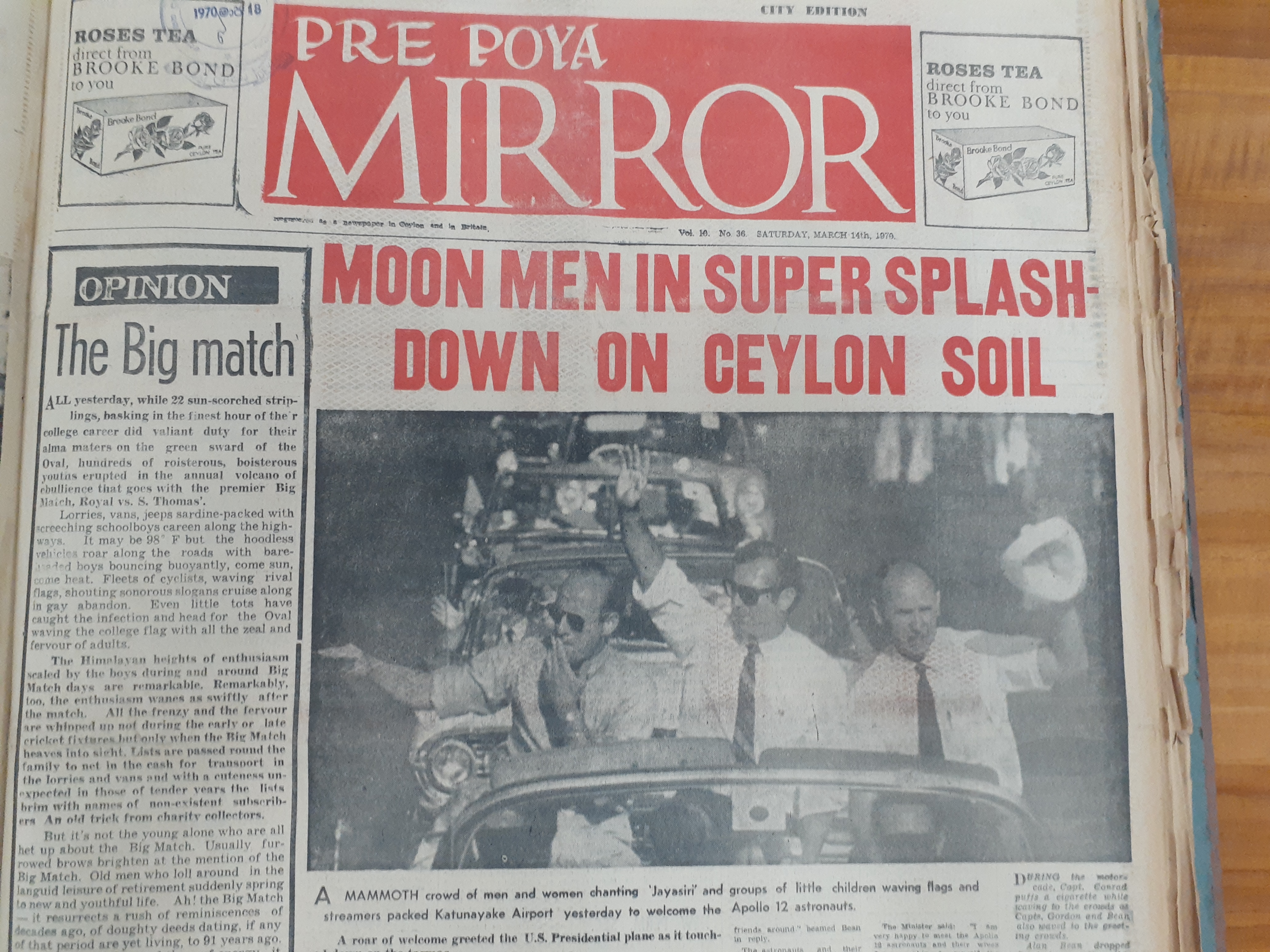
Photo credits: Roar Media/Janik Sittampalam.
In Ceylon
Conrad Jr., Gordon Jr., Bean and their wives landed at the Katunayake Airport in a US Presidential plane at 3:15 PM on Friday, March 13, 1970 and were greeted by the then Minister of State, J. R. Jayawardene, US Ambassador Andrew Corry, Mayor of Colombo Vincent Perera, and a choir of 5, 000 schoolgirls chanting the Jayamangala Gatha (a set of eight benedictory stanzas extolling the virtues of the Buddha).
Premil Ratnayake, writing for the Ceylon Daily News, reported that on arrival, Bean, described as “the jolliest of the trio”, “threw his arms up and greeted the crowd with an enthusiastic ‘Hi!’ as he exited the aeroplane, to which the crowd replied with equally enthusiastic cheers.”
Jayawardene was reported in the Ceylon Daily Mirror as having said that the event was “a historic day for Ceylon,” for being able to see “in the flesh and blood the very heroes who landed on the moon, one of the most spectacular feats of our time.”
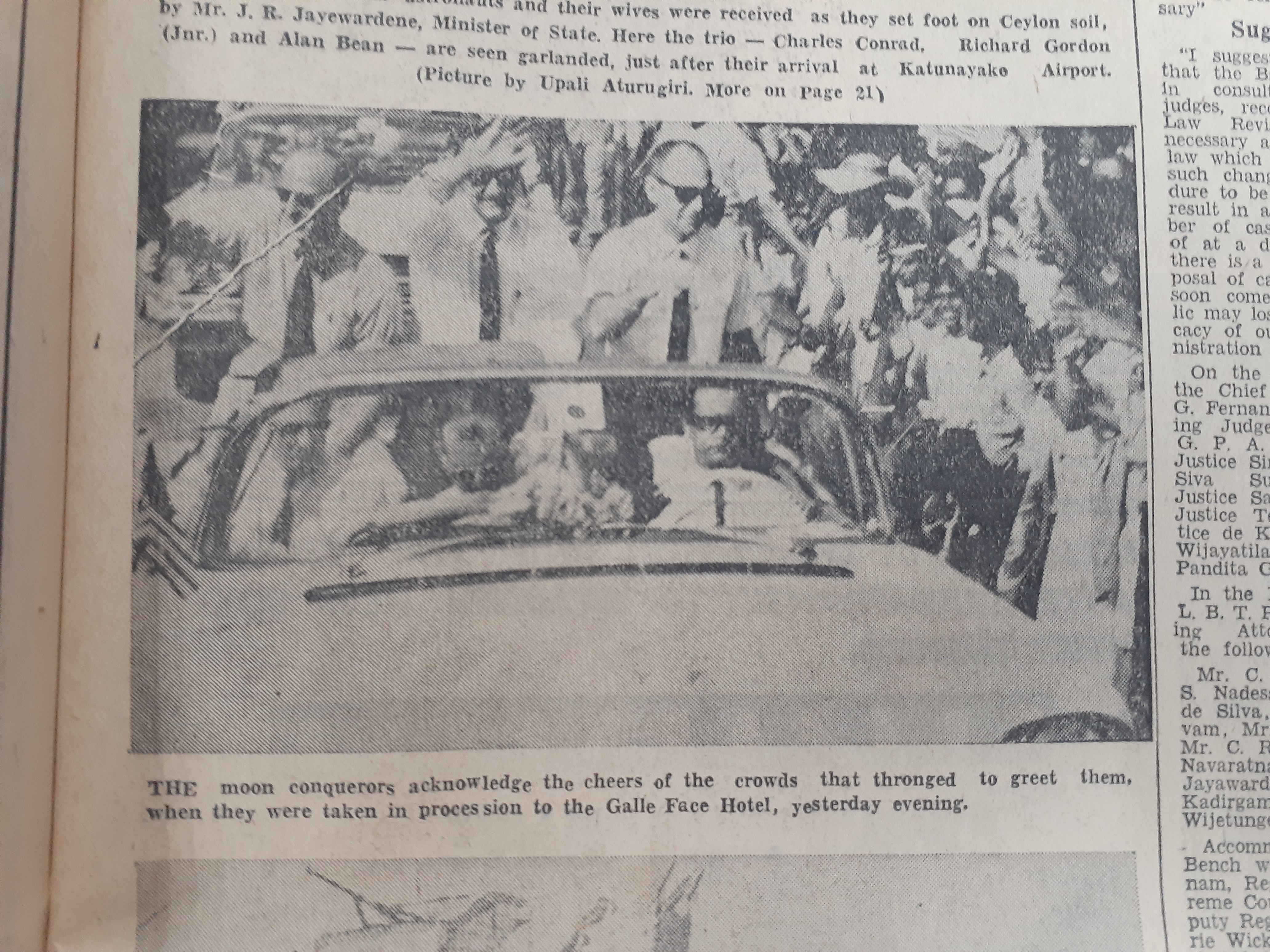
Photo credit: Roar Media/Janik Sittampalam
From the airport, the astronauts travelled to Colombo in an open motorcade, with crowds of people gathered to see them along the way, waving American flags, and chanting Jayasri (a salutation). The motorcade was punctuated by stops, the most significant of these a public reception at the Sugathadasa Stadium, outside which was erected a lunar module made from ‘gokkola’ (young coconut fronds).
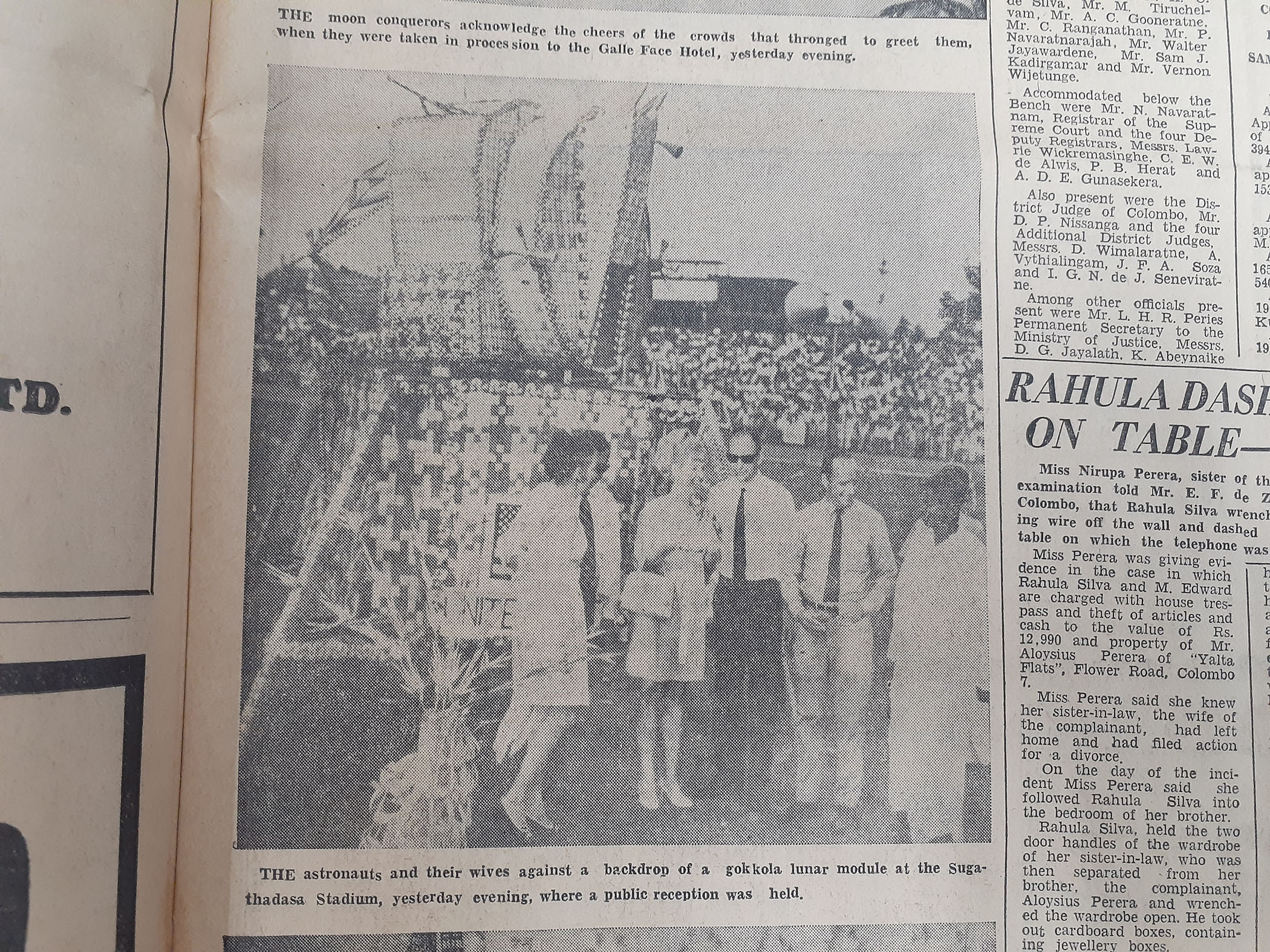
Photo credit: Roar Media/Janik Sittampalam
Once in Colombo, the astronauts and their wives made their way to the iconic Galle Face Hotel, where they were to stay. Director Lalith Rodrigo, who had only just recently started working at the hotel reminisced, “I remember the Cadillac motorcade coming down the road beside Galle Face. The streets were packed to the brim with people, everyone was cheering. It was quite a sight.”
Later, the ‘moon men’ paid a courtesy call on the Governor-General William Gopallawa, at the Queen’s House (now President’s House), after which they were taken to Temple Trees, the official residence of the Prime Minister of Ceylon, where they met Prime Minister Dudley Senanayake and several other politicians. The Ceylon Daily News reported that Asoka Karunaratne, Minister of Social Services, welcomed the astronauts to “this sunny land”, asking how it was on the moon—to which Bean had replied, “It was pretty nice there too.” Conrad Jr. had also quipped that this was not the first time he had seen Ceylon. “I saw the island from space on the Gemini V mission, and it was the prettiest sight on that flight,” he had said.
It was also here that the three astronauts gave Ceylon a valuable gift: four particles of ‘moon dust’ from moon rocks collected during the maiden landing, Apollo 11. Each particle weighed approximately 0.05 mg. They were a gift from US President Richard Nixon. Currently housed at the National Museum of Natural History in Colombo, the lunar rocks are only available for view on special occasions.
The Ceylon stopover was scheduled to last three days, during which the astronauts were also to visit Kandy.
In Kandy, the astronauts and their wives visited the Peradeniya Botanical Gardens, where they planted a Nance (Byrsonima crassifolia) tree at the ‘Memorial Tree Section’ to mark the occasion of their visit. They also visited the Dalada Maligawa (Temple of the Tooth), where they offered flowers at the shrine room.
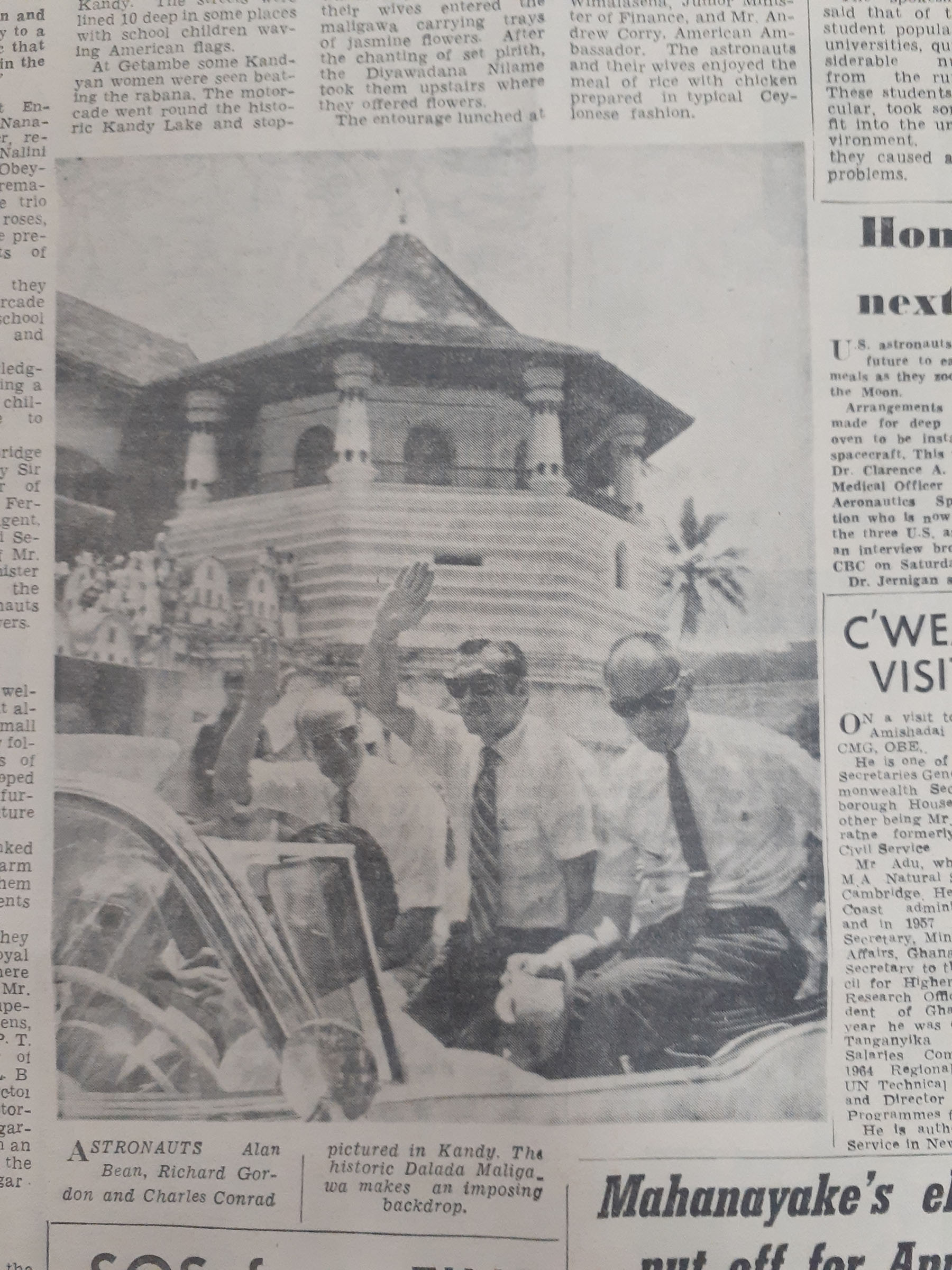
Photo credit: Roar Media/Janik Sittampalam.
Bean told the Ceylon Daily Mirror correspondent who accompanied them on the train ride to Kandy, “The country we have seen so far is magnificent. The trees and vegetation are so green and healthy-looking. And that goes for the people too. The whole picture you see is one of man happy in his environment.” He added, “The views are spectacular, especially from the top of the mountains, looking down into the valleys below.”
Conrad Jr. told the Ceylon Daily Mirror correspondent he felt he had received in Ceylon, “maybe the friendliest reception we’ve had anywhere.” Adding, “It’s a happy country and it’s easy to see why.” Gordon Jr. had reportedly said that he wished he could spend a month in Ceylon. “What a country!…This is an unforgettable experience that all of us will remember,” the Ceylon Daily Mirror reported.
The astronauts’ stay was extended by a day at the behest of British space visionary and science-fiction writer Sir Arthur C. Clarke, who was influential in popularising space exploration. He hosted the last leg of their visit, away from the press, crowds and official ceremonies, taking the ‘moon men’ diving off the coast of Trincomalee.

Photo credit: Thilina Heenatigala
In his biography ‘Odyssey’, Clarke recalled handing Bean an underwater camera and jokingly pleading with him, “Alan – please don’t point the camera at the sun,” in reference to a mishap on the moon, when Bean accidentally pointed the lens of the camera the astronauts carried with them at the sun, destroying the very expensive device, and cutting off television coverage of the mission. Clarke reminisced that his joke wasn’t received very well. “He did not seem very amused, but they nonetheless had a great time on the diving expedition.”
From Trincomalee, the astronauts took a plane back to Colombo, from where they left Ceylon to continue their goodwill tour to Rangoon (Yangon) in Burma (Myanmar).
Although the ‘Space Race’ between the Soviet Union and the United States emerged from rivalry and conflict, it resulted in an unforgettable feat that transfixed the watching world. “For one priceless moment in the whole history of man, all the people on this Earth are truly one,” President Nixon told the astronauts from the White House over the telephone, before offering prayers for their safe return to earth.
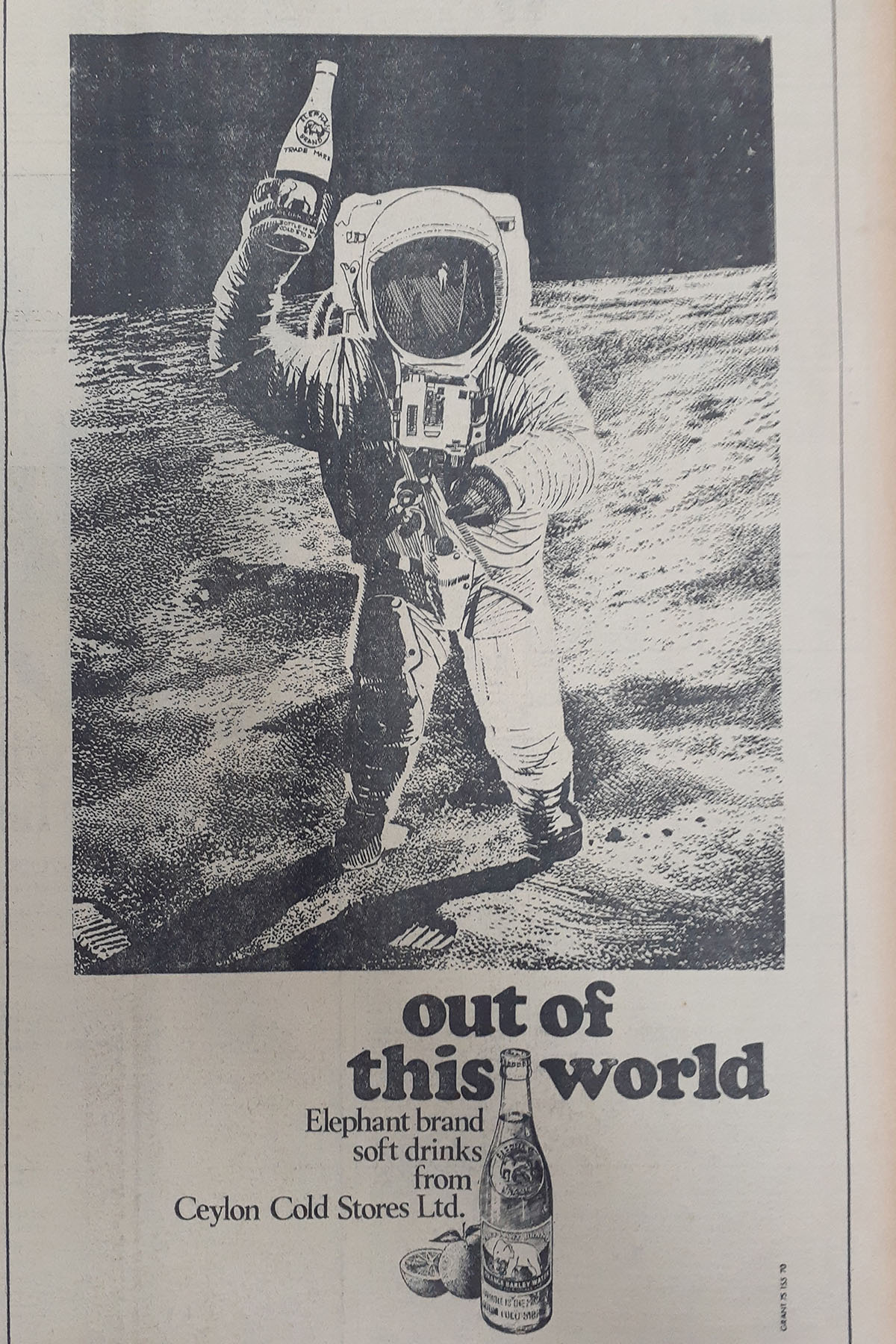
Photo credit: Roar Media/Janik Sittampalam
In his farewell address, The Ceylon Daily News reported that Jayewardene had thanked the United States— and the three astronauts—for visiting Sri Lanka, and “giving an opportunity for our people, especially to the younger generation whose imagination has been fired by their exploits, to see them.”
Although the moon landing inspired the world with hope and excitement about the dawning space age, a gradual diminishing of interest—and money—caused NASA to eventually end the programme. The Apollo 17 mission in 1972 was the last to land on the moon, breaking records for the longest time spent in lunar orbit and the longest time spent on the surface of the moon (74 hours, 59 minutes, 38 seconds). The absence of a practical application or benefit from landing on the moon, the eventual end of the Cold War which had given impetus to the space programme in the first place, and events such as the catastrophic Columbia space shuttle disaster in 2003, that killed seven astronauts as the space shuttle returned to earth, all caused NASA and other space agencies to scale back their programmes, favouring unmanned missions instead of human lives on the line.
However, the significance of the moon landings continues to capture the imagination of the people and define the 20th century. It has even impacted innovations in safety, technology, medicine, geology, palaeontology and oceanography, to name a few. South Asia has also participated in space exploration, with the Indian Space Research Organisation (ISRO) launching its first satellite, Aryabhata, in 1975, with the help of the Soviet Union. The ISRO has since launched multiple vessels to explore extraterrestrial bodies, most recently the Chandrayaan-2, which will explore the south polar region of the Moon. Just last month, Sri Lanka too entered into the ranks of space-faring nations, launching its first research satellite, Raavana-1, developed in cooperation with the Arthur C. Clarke Institute for Modern Technologies (ACCIMT) and the Japan Aerospace Exploration Agency (JAXA).
As Jayawardene noted in 1970, in his farewell to the ‘moon men’, “It is they, the generation of tomorrow, who will ultimately give the full meaning to the present achievements of Captains Conrad, Bean, Gordon, and their colleagues in the space program.”
